
As a runner, I have a stash of foam rollers and lacrosse balls everywhere— at home, under my desk, in my purse. I constantly feel the need to “roll-out” to make sure my body is nice and loose. Not only does it help my running performance, but it also helps ensure that I am not hobbling through life like the Hunchback of Notre Dame.
I even treat myself to sports massages on a regular basis. At my last session, though, I got some bad news; I was informed that my ankles are super tight. Apparently, not being able to move your ankles in their full range of motion can wreak havoc on your knees every time you pound the pavement…and I pound the pavement a lot.
And more importantly: Even though I am at the top of my flexibility game, I had no idea I needed to stretch this part of my body.
Here’s why you should consider your ankles, too, whether you’re a runner or not: “Your body needs to lengthen to absorb force,” explains David Reavy, a Chicago-based physical therapist and owner of React Physical Therapy. “If your ankles have limited or restricted range of motion, minimal forces are absorbed causing the force to travel up the kinetic chain to the next joint, your knees.”
Tight ankles can also affect the range of motion in your hips, calves, and feet as well as prevent you from developing those glutes.
“Tightness is a precursor to pain, which in turn is a precursor to injury,” Reavy notes. “The body works in a complex system of counter balances. When one area is imbalanced, it can affect the whole system. Think of a pebble dropping into calm water. The biggest impact is where it drops, but the ripple affects the whole body of water.”
So what causes ankle tightness? Well, somewhere along the way they get overstressed, and then the body’s response to this is to tense up as a means of protection. But when soft tissue tenses up, you loose mobility. Adds Reavy: “We live in a forward leaning world. As we lean forward, our anterior chain gets tight and our posterior chain is stretched and weakened. That imbalance will play itself out in the ankles, reducing range of motion and mobility.”
How to tell whether your ankles are too tight
To see if your ankles are too tight, Reavy suggests this test: Stand with your toes 12 centimeters (about 5 inches) away from a wall, and then try to bend your knee so that it touches the wall. If you can’t do it, you’ve got some mobility work to do.
Luckily for us, Reavy has put together six moves that address the entire kinetic chain to help un-kink the body and loosen up those ankles.
Shin release
Kneel with the outside of your shin on top of a lacrosse ball. Do not place the ball on your shinbone. Roll yourself up and down over the ball. Once you find a spot that is tender, stop and point your foot up and down for 30 seconds or until you feel the muscle release. Repeat on both legs.
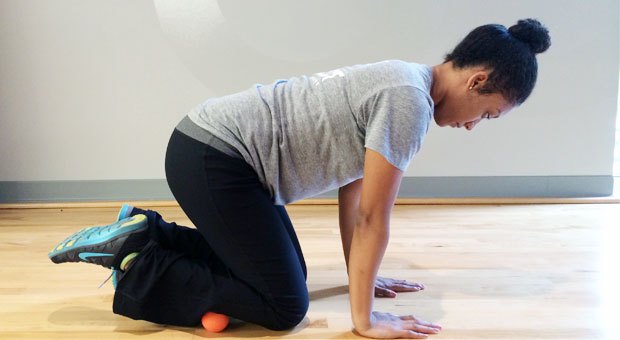
Evertor release
Find a stable, firm surface that is roughly knee height. Place a lacrosse ball on the outside of your lower leg, just below the knee joint. Slowly allow more body weight to sink into the ball. Move your foot side to side until discomfort in that area decreases. Move the ball around to multiple sore sports as you progress down your leg toward your ankle. Perform on both legs for 3-5 minutes.
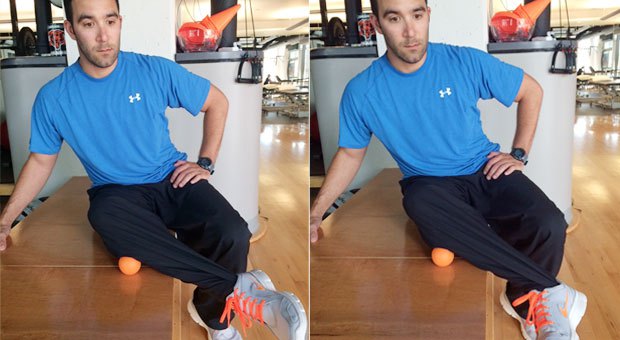
Plantar fascia release
Standing with a lacrosse ball or golf ball, place the bottom of your foot onto the ball. With weight placed through your leg, gently roll the ball under your foot. Once you find a spot that is tender, stop and point your toes up and down. Roll on the ball for 1-2 minutes.

You Asked: Your Top 10 Health Questions Answered


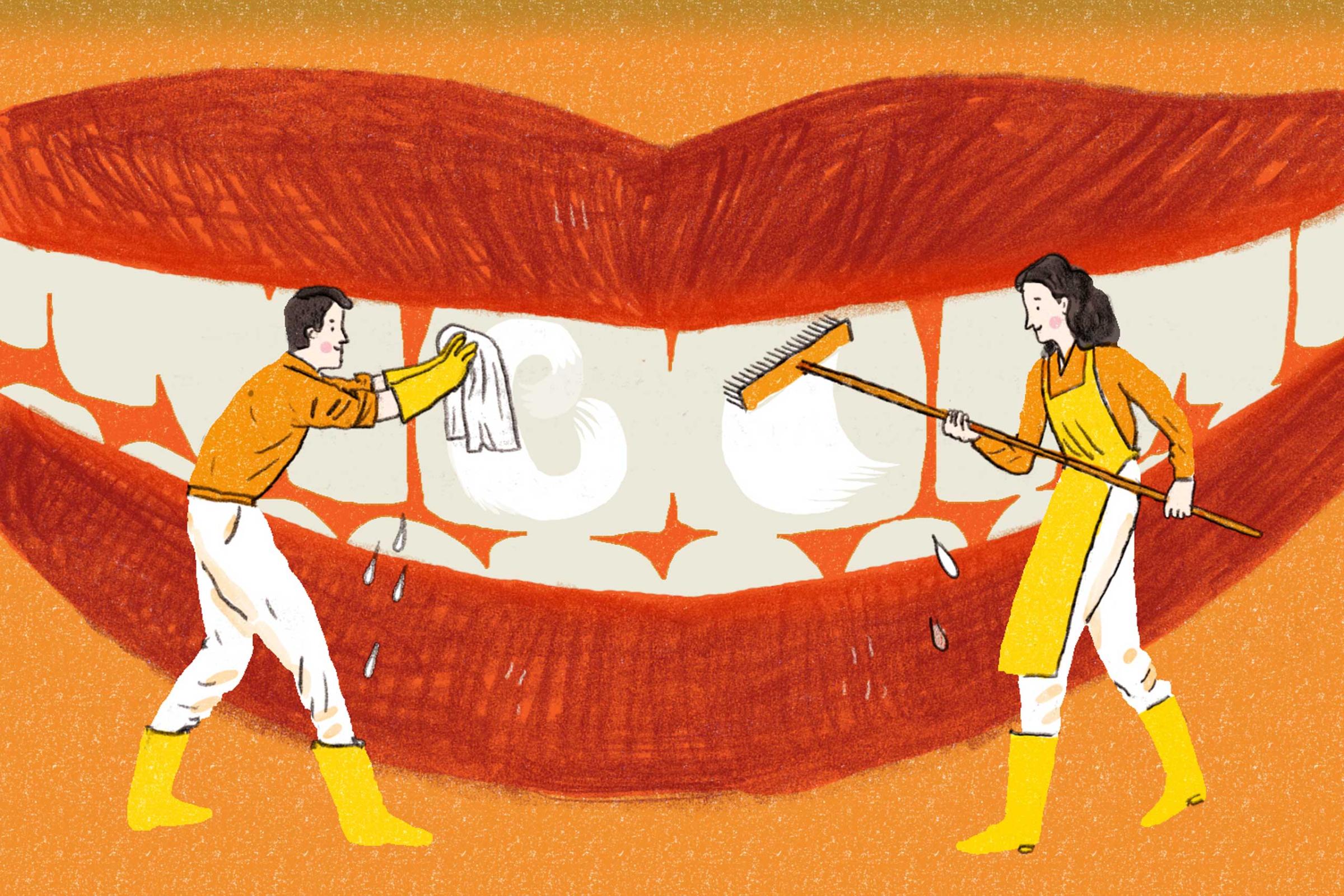




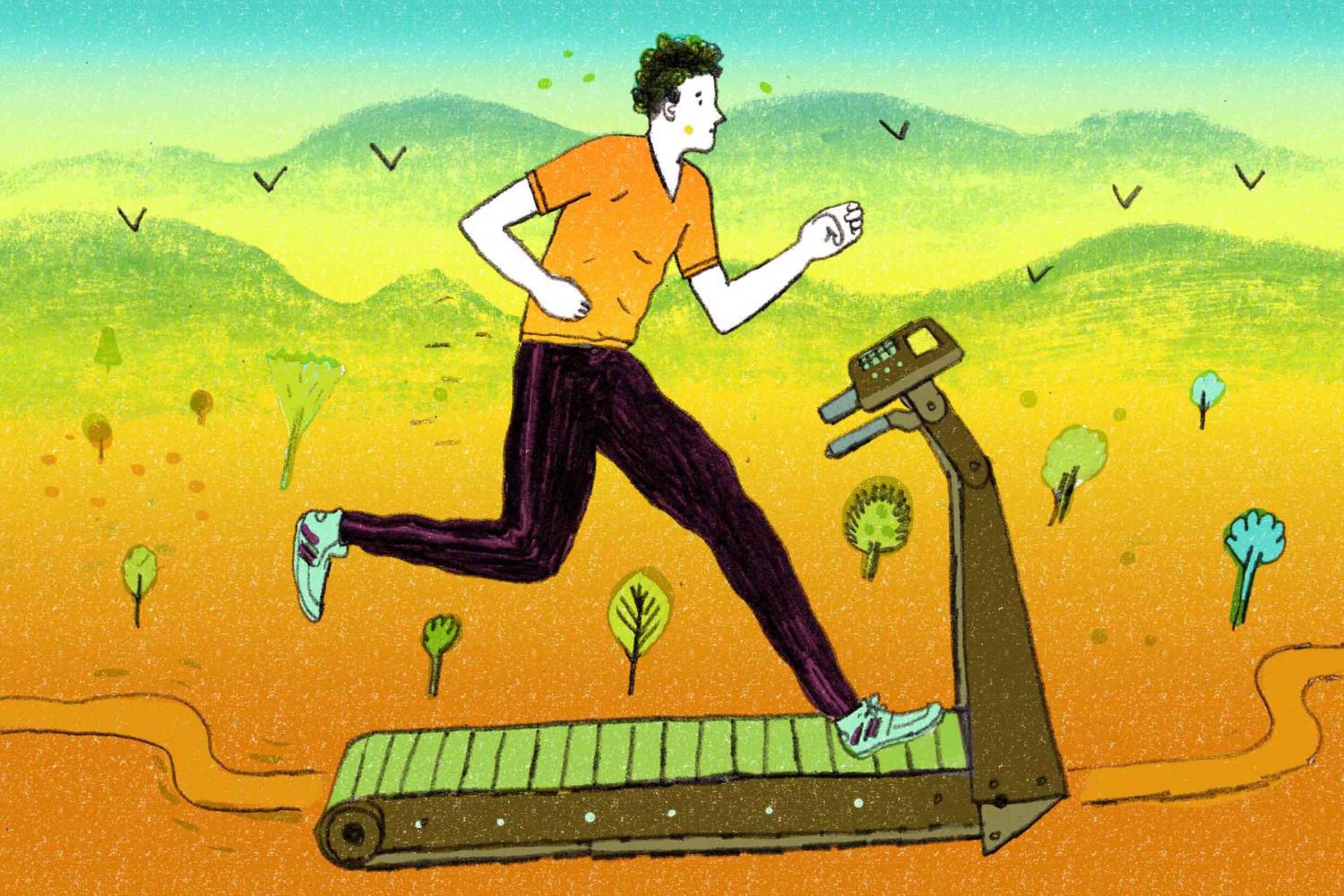

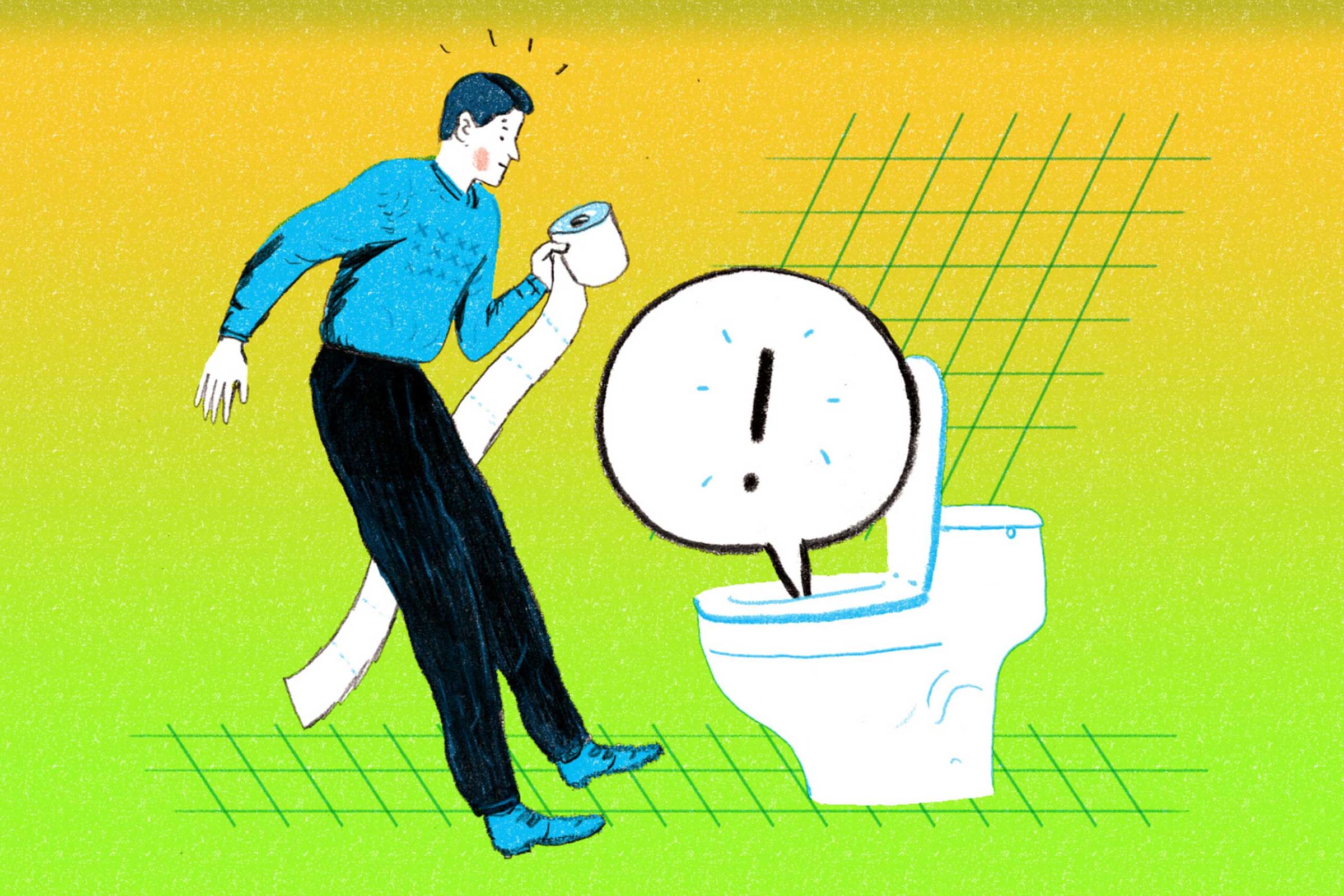
Soleus release
Sit with your lower calf on top of a lacrosse ball or foam roller. Place your other leg over the one you are releasing and roll yourself up and down over the ball. Once you find a spot that is tender, stop and point your foot up and down for 30 seconds.

Mid-foot pronation and supination
Stand on your right leg, knee slightly bent. Transfer your weight to the front part of your right foot, while keeping your foot flat on the ground. Stay close to a stable surface so you can use your hands for balance. Twist the rest of your body back and forth, from right to left keeping the foot flat. If you have a hard time keeping your foot flat, place your left foot on top of your right for added pressure. Perform 10-15 repetitions and then shift the weight to your heel and repeat the above steps. Perform this on both feet.
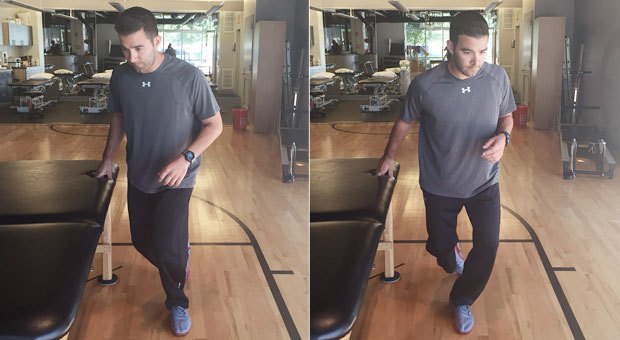
Calf raises
Stand with chest against a stability ball that is rested on a wall, with legs straight out behind you; heels off of the floor. Shift your weight to one leg with the other leg resting on the back of the working leg. Slightly bend your knee. Go up on your toes, then come all the way back down until heel touches the floor. Repeat the motion with the working leg straight. Perform exercise with foot pointing straight and foot turned outwards. If this is too difficult, you can perform move with both feet on the ground.
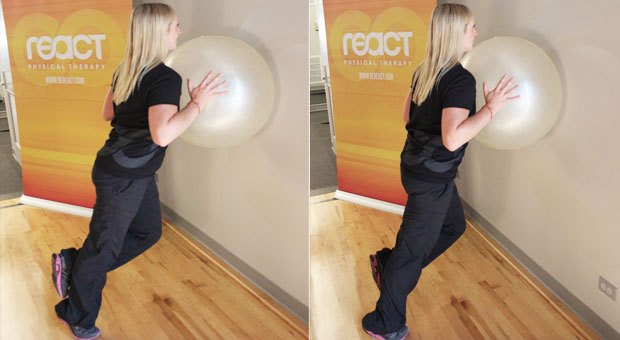
This article originally appeared on Health.com. All images courtesy of REACT
More from Health.com:
5 Horrible Habits You Need to Stop Right Now




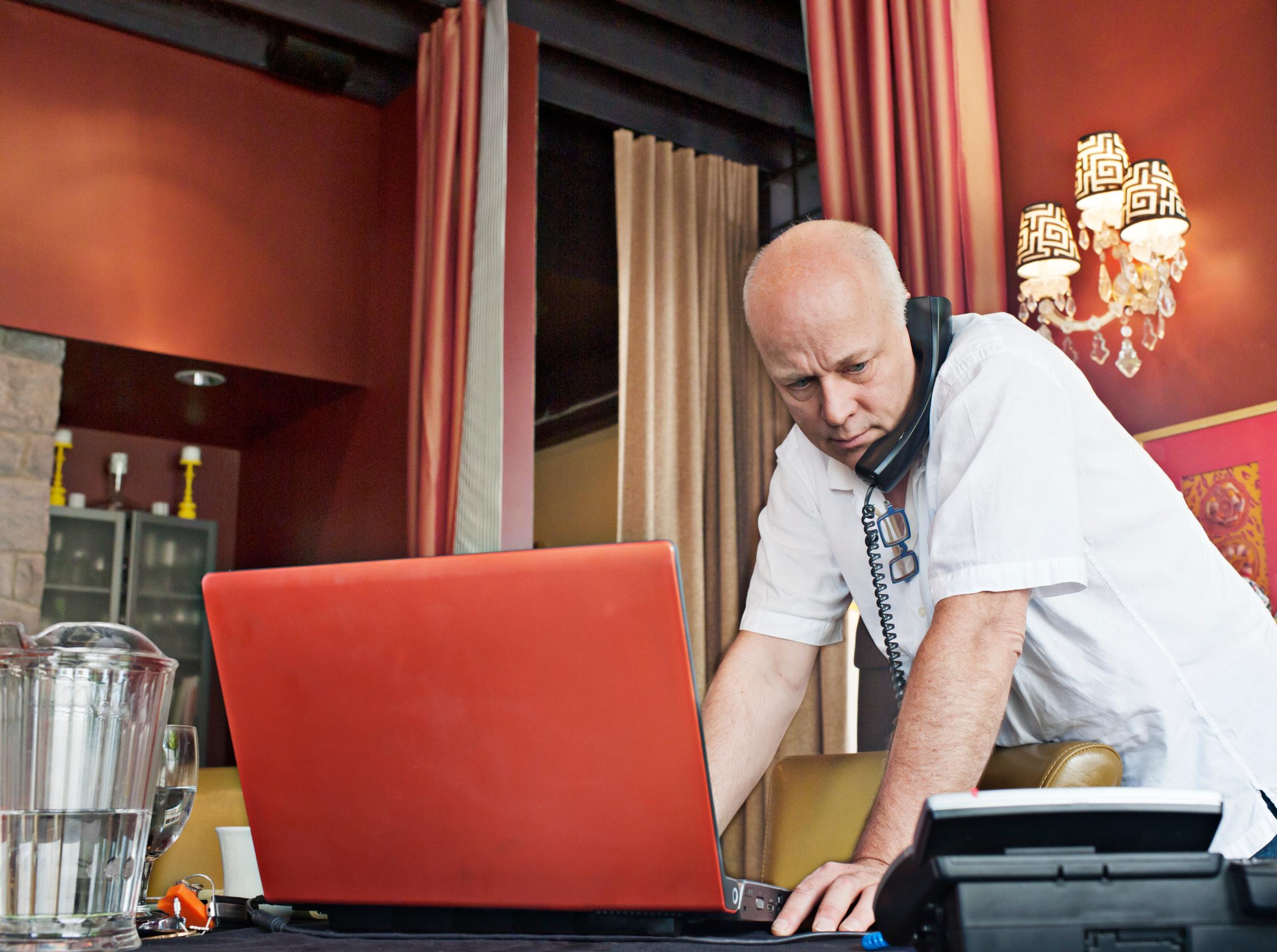
More Must-Reads From TIME
- The 100 Most Influential People of 2024
- The Revolution of Yulia Navalnaya
- 6 Compliments That Land Every Time
- What's the Deal With the Bitcoin Halving?
- If You're Dating Right Now , You're Brave: Column
- The AI That Could Heal a Divided Internet
- Fallout Is a Brilliant Model for the Future of Video Game Adaptations
- Want Weekly Recs on What to Watch, Read, and More? Sign Up for Worth Your Time
Contact us at letters@time.com